GAMBARAN PENGGUNAAN OBAT HERBAL PADA MASYARAKAT INDONESIA DAN INTERAKSINYA TERHADAP OBAT KONVENSIONAL TAHUN 2020
DOI:
https://doi.org/10.22437/joms.v1i1.14527Abstract
ABSTRACT
The percentage of Indonesia's population using traditional medicines in 2014 was 20.99%. There has been an increase in the use of herbal medicines, so there is the possibility of interactions. The data on the use of herbal medicines and their interactions with conventional medicines is still limited. This type of research is a descriptive study using a google form questionnaire. Univariate analysis was carried out to determine the characteristics of herbal medicine users and interactions of herbal medicine combinations with conventional drugs through a search on the available literature. The results of the study of 281 respondents were mostly aged 18-45 years (75.4%), women (54.4%), lived in urban areas (67.3%), graduated from high school (55,5%), and high income by the month (42%). The most widely used herbal medicine is ginger (29,2%). There are several types of herbal medicines that are used differently for each type of disease symptom / the same complaint. The most widely used herbal medicinal preparations were chopped (55.2%), and most of the respondents argued that the use of herbal medicines was due to relatively small side effects (35.6%). The majority of respondents felt efficacy (97.2%), and the others did not experience side effects (99.6%). There were also combinations of herbal medicines with conventional drugs (13.2%) with some having beneficial interactions (13.5%), adverse interactions (18.9%), and no interactions (67.6 %%). There are variations in the use of herbal remedies for the same complaints in each region. Some respondents combine it with conventional drugs. There are beneficial interactions, adverse interactions, and no interactions from these combinations.
Keywords: Herbal Medicine, Indonesia, Herb-Drug Interactions, Surveys and Questionnaires
ABSTRAK
Persentase penduduk Indonesia yang menggunakan obat tradisional pada tahun 2014 yaitu 20,99%. Terjadi peningkatan penggunaan obat herbal, sehingga ada kemungkinan dapat terjadi interaksi. Adapun data tentang penggunaan obat herbal dan interaksinya dengan obat konvensional masih terbatas. Jenis penelitian ini adalah penelitian deskriptif yang menggunakan kuesioner berupa google form. Dilakukan analisis univariat untuk mengetahui karakteristik pengguna obat herbal dan interaksi dari kombinasi obat herbal dengan obat konvensional melalui pencarian pada literatur yang sudah tersedia. Hasil penelitian dari 281 responden sebagian besar berusia 18-45 tahun (75,4%), perempuan (54,4%), tinggal di perkotaan (67,3%), tamat SMA (55,5%), dan berpendapatan tinggi perbulannya (42%). Obat herbal yang paling banyak digunakan yaitu jahe (29,2%). Didapatkan beberapa jenis obat herbal yang digunakan berbeda-beda pada tiap jenis gejala penyakit/keluhan yang sama. Sediaan obat herbal yang paling banyak digunakan berupa rajangan (55,2%), dan sebagian besar responden beralasan dalam penggunaan obat herbal dikarenakan efek samping yang relatif kecil (35,6%). Mayoritas responden merasakan khasiat (97,2%), dan yang lainnya tidak merasakan efek samping (99,6%). Didapatkan juga kombinasi obat herbal dengan obat konvensional (13,2%) dengan beberapa memiliki interaksi yang menguntungkan (13,5%), interaksi merugikan (18,9%), dan tidak ada interaksi (67,6%%). Terdapat variasi dalam penggunaan obat herbal untuk keluhan yang sama pada tiap daerah. Beberapa responden mengkombinasikannya dengan obat konvensional. Didapatkan interaksi menguntungan, interaksi merugikan, dan tidak ada interaksi dari kombinasi tersebut.
Kata kunci: Obat Herbal, Indonesia, Interaksi Obat Herbal, Survei dan Kuesioner
Downloads

Downloads
Published
Issue
Section
License
Copyright (c) 2021 Hafizh , Olivia , Indah

This work is licensed under a Creative Commons Attribution-NonCommercial 4.0 International License.
Journal of Medical Studies (JOMS) by Fakultas Kedokteran dan Ilmu Kesehatan Universitas Jambi.









 Journal of Medical Studies (JOMS) by Fakultas Kedokteran dan Ilmu Kesehatan Universitas Jambi
Journal of Medical Studies (JOMS) by Fakultas Kedokteran dan Ilmu Kesehatan Universitas Jambi